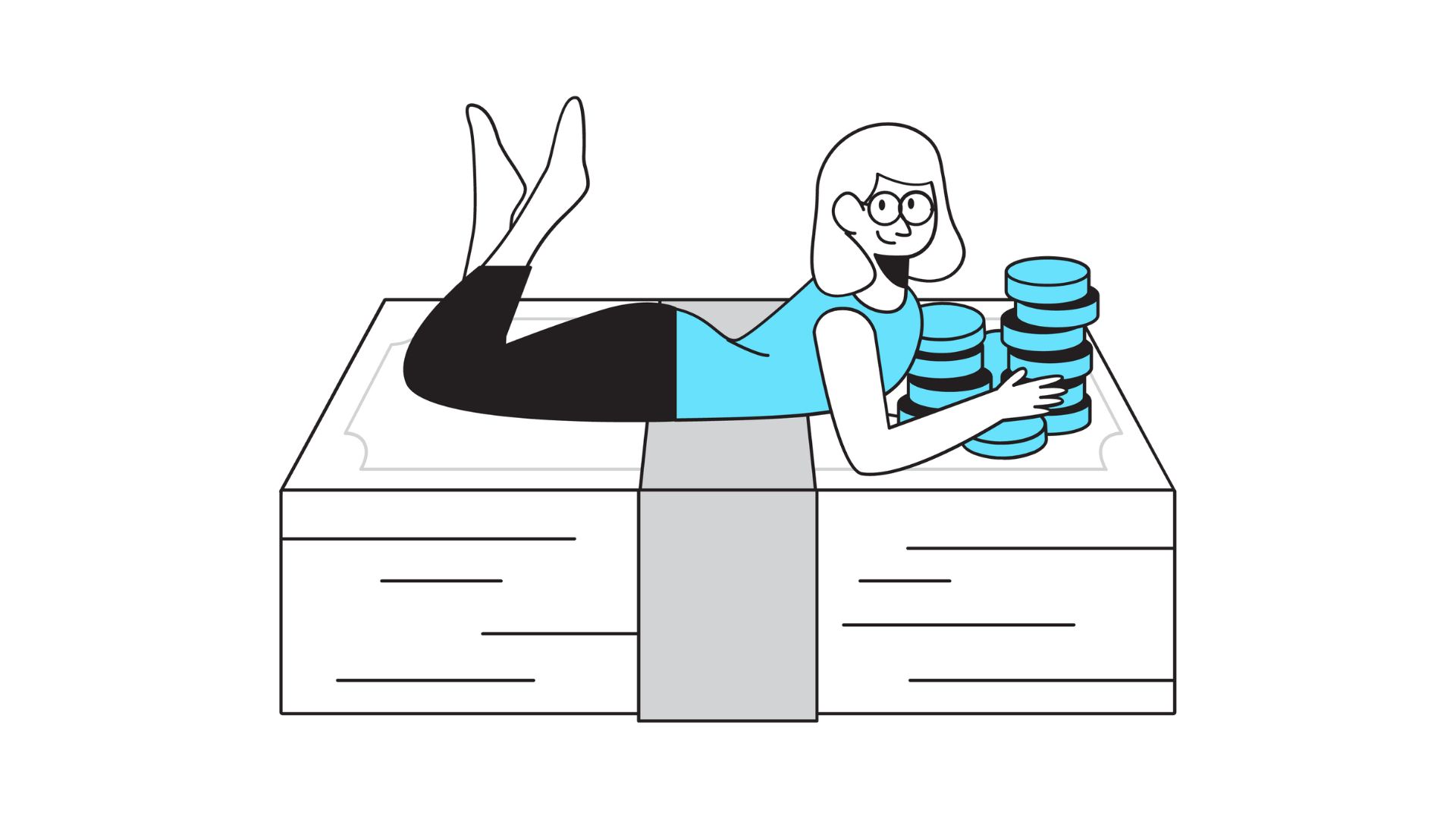Describe Marketing Tactics That The Credit Industry Uses To Trick People Into Getting Into Debt

In the modern era, credit card companies and lenders have refined their marketing tactics. These strategies often lead consumers down a slippery slope into debt. The allure of easy access to money can be tempting, but the consequences can be severe. This exploration dives into the cunning methods used in the credit industry, aiming to equip people with the knowledge to avoid these financial pitfalls.
Credit Card Companies’ Promises of Easy Access to Cash and Rewards
Credit card companies are in the business of making profit.
One common method they employ is offering rewards and cash back on purchases. At first glance, these offers seem like a smart way to save money.

However, they encourage consumers to spend more than they can afford. The lure of rewards can lead to a cycle of payments that never end.
As people buy more things they don’t need, the debt starts to pile up.
The Seductive Appeal of “Buy Now, Pay Later”
“Buy now, pay later” programs present another example of credit marketing tactics.
These offers promise consumers the ability to afford expensive purchases without immediate financial consequences.
The reality, though, is quite different.
The cost of interest and fees can quickly escalate.
Customers find themselves paying significantly more than the original price of the purchase.
The Myth of the Debt Snowball Method as an Easy Solution
Many companies promote the debt snowball method as the best way to control and eliminate debt.
This strategy involves paying off debts from smallest to largest, regardless of interest rates.

While it can offer a sense of accomplishment, it’s not always the most efficient method.
High-interest debts continue to accrue, costing consumers more in the long run.
It’s important to understand all available options and determine the most effective strategy for paying off debt.
Predatory Lenders Offering Loans with Unfavorable Terms
Predatory lenders target individuals struggling with their finances.
These lenders offer loans or credit with high interest rates and fees, taking advantage of consumers’ lack of knowledge.
People often end up in a worse financial situation, sometimes leading to bankruptcy.
It’s crucial for consumers to thoroughly research and understand the terms of any loan or credit offer before accepting it.
The Impact of Credit on Consumers’ Financial Health
Credit scores and credit reports play a significant role in the credit industry.
Companies use them to determine whether consumers qualify for loans, credit cards, and other financial products.
A poor credit score can limit access to necessary financial resources.

It can also lead to higher interest rates and fees, making it even harder to save money and afford daily expenses.
The Importance of Being Cautious and Informed
In the end, the best defense against falling into the debt trap is knowledge and caution.
Consumers must take the time to understand the terms of credit offers and consider their ability to pay.
It’s also vital to avoid the common myth that more credit is the solution to financial problems.
Saving money, spending wisely, and making informed decisions about credit are key steps to maintaining financial health and avoiding the pitfalls of debt.

Credit Report Reality: What You Need to Know
Understanding your credit report is a crucial step in managing your finances. Here’s what you should focus on:
- Viewing Your Credit Report: It’s easier now than ever to view your credit report. Many websites offer free access to your report. This transparency helps you understand how your financial behavior affects your credit.
- Signs to Watch For: Regularly checking your report can reveal signs of identity theft or errors. If you see accounts you don’t recognize or payments you didn’t make, act immediately when describe marketing tactics that the credit industry uses to trick people into getting into debt.
- Payment History: Your payment history carries the majority weight in your credit score. Late payments can stay on your report for years, so it’s important to pay on time.
- Company Inquiries: Each time a company checks your credit for lending purposes, it’s recorded. Too many inquiries can negatively impact your score. Be selective about applying for new credit.
- Taking Action: If you find inaccuracies, the first step is to contact the credit reporting company. They’re required to investigate. You can also dispute errors directly on the credit bureau’s website.
In addition, understanding the role of credit reports can make it easier to navigate financial decisions.

Whether you’re applying for a loan or checking your financial health, a credit report is a key piece of the puzzle.
Other Marketing Tactics Used by Credit Card Companies

Deciphering Credit Card Companies’ Clever Marketing Tactics
Credit card companies employ various marketing tactics to entice customers into using their cards, often leading to debt or pays hear.
Here’s a breakdown of strategies to be aware of:
- Exclusive Offering Programs: Credit card companies craft programs that seem too good to pass up. From travel rewards to cash-back on purchases, these offerings encourage customers to spend more, often on things they can’t afford.
- Fees and More Fees: It’s common for credit card companies to have a range of fees—late payment fees, annual fees, and over-limit fees. Understanding these can help you avoid unnecessary costs.
- The Minimum Payment Trap: Companies highlight the ability to make minimum payments as a convenience. However, this prolongs debt and accumulates interest, making it harder to clear your balance.
- Credit Report Leverage: Credit card companies often emphasize the importance of building a good credit report. While true, this can also lead to acquiring more cards and increasing debt without the knowledge to manage it effectively.
- Bankruptcy as a Last Resort: The consequences of mismanaging credit cards can lead to bankruptcy. This is a situation companies might not highlight, but it’s crucial for customers to understand the serious implications of uncontrolled spending.
Armed with this knowledge, customers can navigate credit card offers more wisely, understanding the common tactics used and their potential long-term consequences.
Conclusion: Navigate the Credit Maze with Awareness
Navigating the credit industry’s marketing tactics requires vigilance and understanding – if you want to understand and describe marketing tactics that the credit industry uses to trick people into getting into debt.
By recognizing the methods companies use to entice consumers into debt, individuals can take control of their finances.
It’s not just about avoiding debt; it’s about making empowered decisions that lead to a secure financial future.
Remember, it’s not the access to credit that matters, but how you use it that counts.



